Last week marked a number of firsts for me. First time on a cruise. First time to the Caribbean. First good night’s sleep in a very long time. It was also the first of what I hope are many visits to Cuba.
I can’t pinpoint the precise time I became obsessed with visiting the country, but it’s been many, many years. I have decorated my kitchen in Cuban colors and art. I frequent a local Cuban restaurant. I even named a betta fish Fidel in hopes that it would somehow cast a spell on their leader to let Americans visit. Finally, in 2016, some restrictions on US tourism were lifted. We couldn’t afford to go immediately, but we finally made it to Havana last week.
Our cruise stopped there only for a few hours – about 8 a.m. until 4 p.m., but we did as much as we were able. Due to the regulations, we had to have a chaperone and engage in “meaningful cultural exchange with the Cuban people.” The cruise had excursions, but we chose to hire a private guide for the day, and we had a wonderful time. We were able to personalize the tour to see slightly off-the-beaten path sights and areas. We still only scratched the surface but we tried to get some true local flavor.
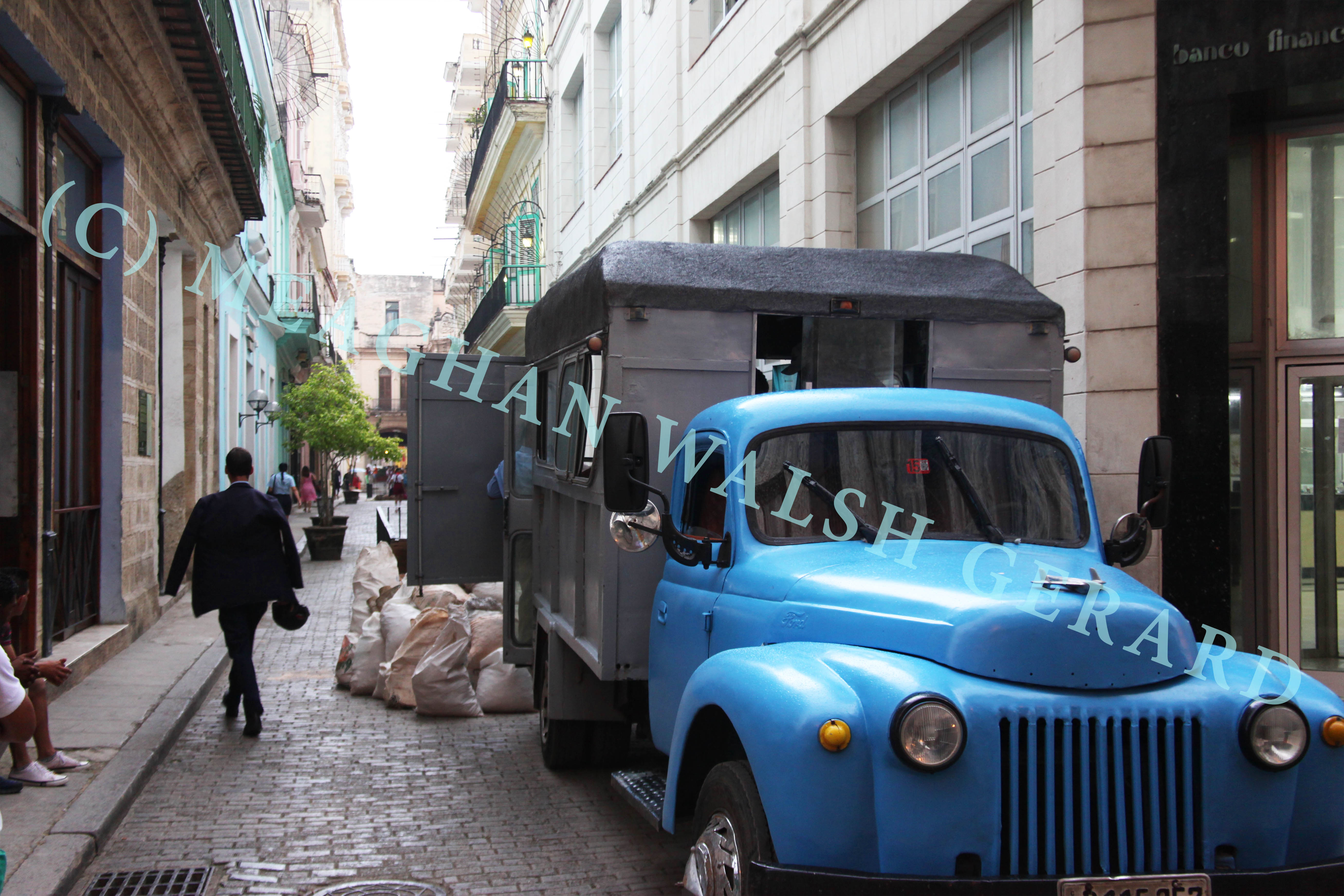
Our guide, Orlen, had an art history degree so he was very knowledgable about the architectural styles and eras throughout Havana. We started with a walking tour through the old city, still cobblestoned and with remnants of the old wall remaining. Then we climbed the hill to the newer part, though nothing is really new in Havana. The city will celebrate its 500th anniversary next year. Along the way we got an historical overview of Cuba as a Spanish colony all the way through the 1950s revolution, into today.
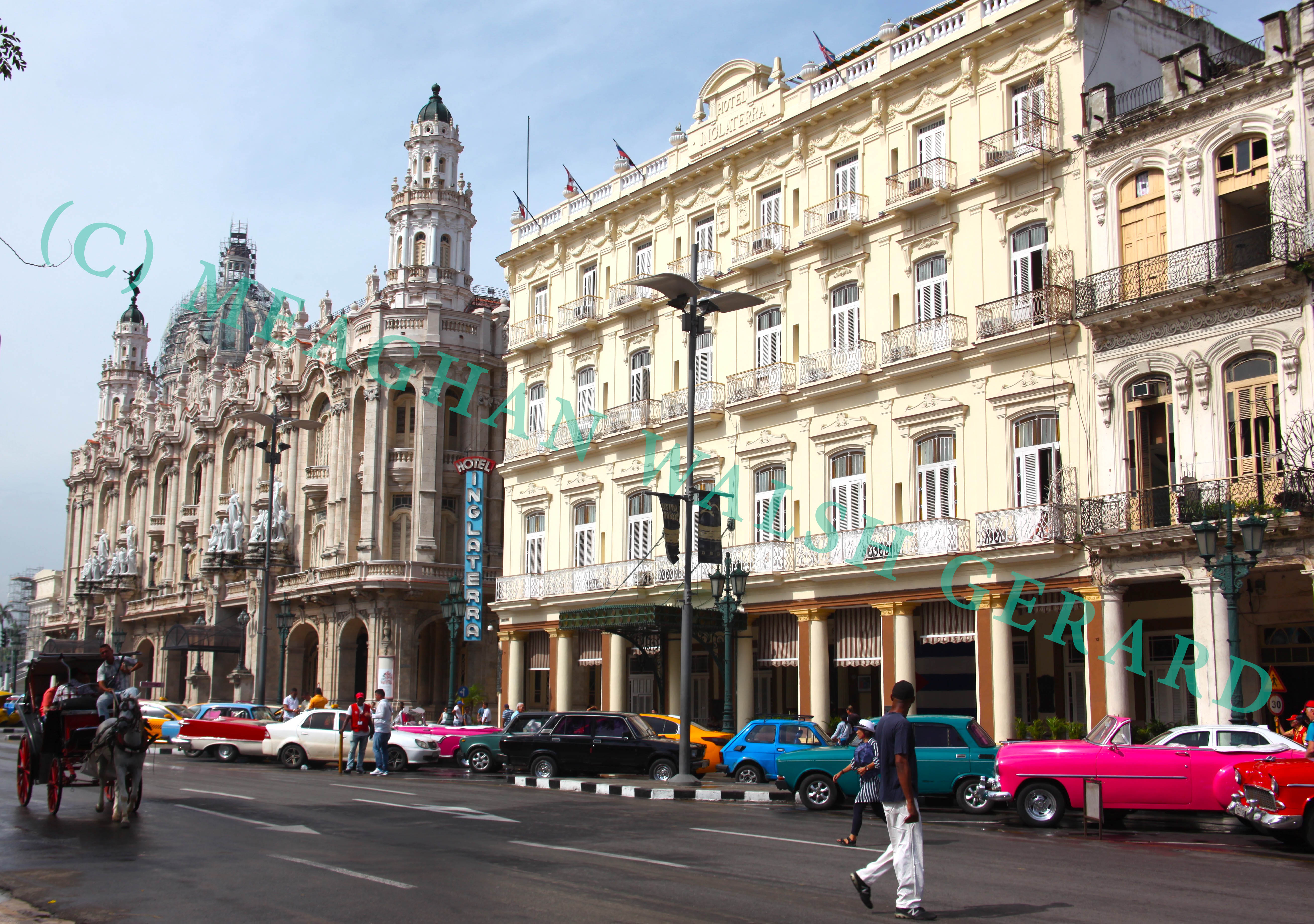
Old Havana has been designated a UNESCO World Heritage Site but there is a still a great deal of work to do to preserve and protect the amazing architecture. Slowly, other countries seem to be recognizing the value in restoring these buildings. The government of Japan bought one and created a museum of literature. A Swiss company purchased a massive Rococo property across from the Floridita bar and created a swanky hotel. Hopefully this will spur on a renaissance of reinvestment. Once these treasures are lost, they are gone forever.
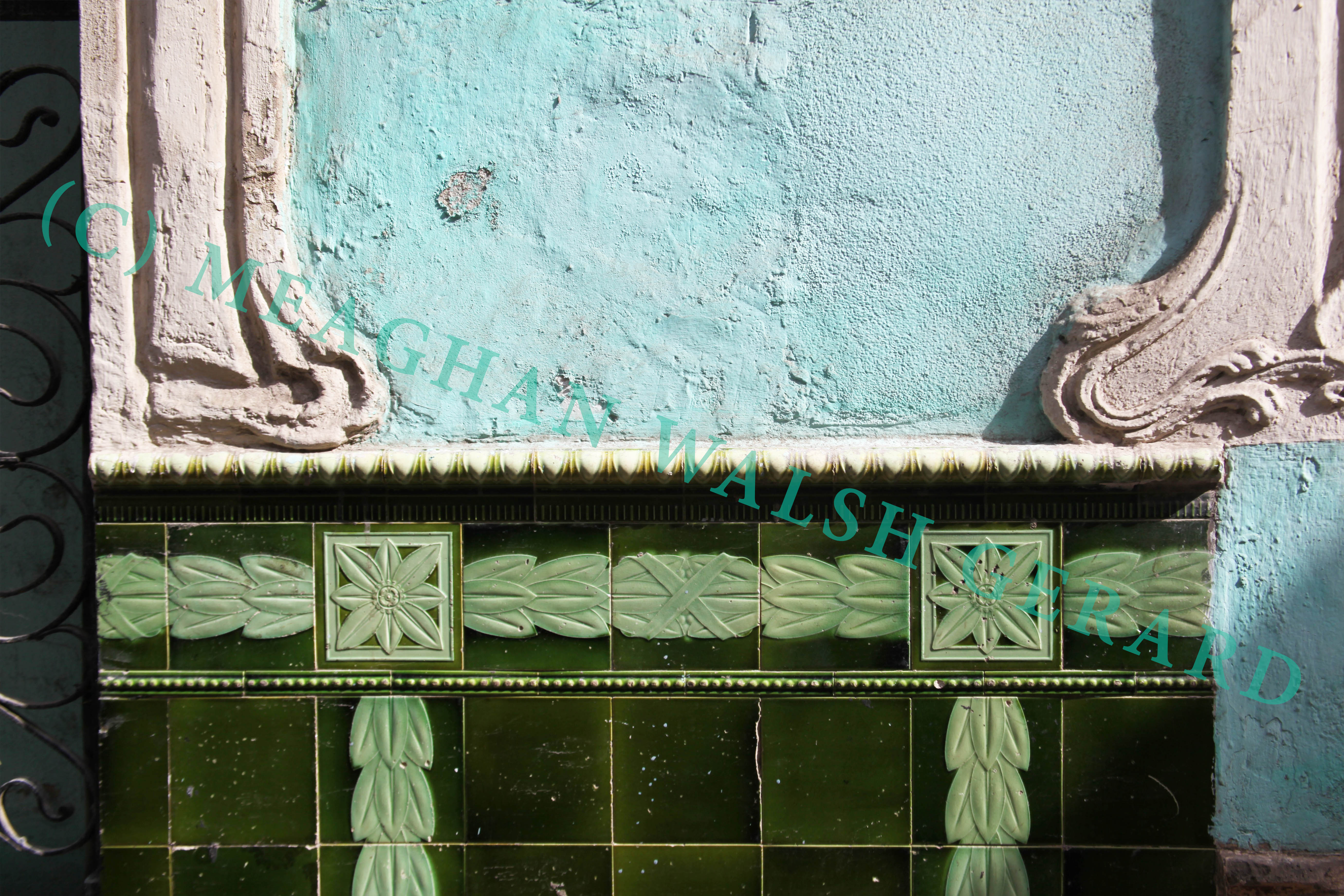
About noon we climbed a very tall four-story walkup with lovely worn marble steps to a rooftop patio. There we were given mojito-making classes while our lunch was prepared by a cook who’d trained under Cuba’s only Michelin-star chef. We were served gazpacho, chicken and vegetable ratatouille, buttered and sautéed red snapper and a fruit pound cake. All while looking out over the old city.
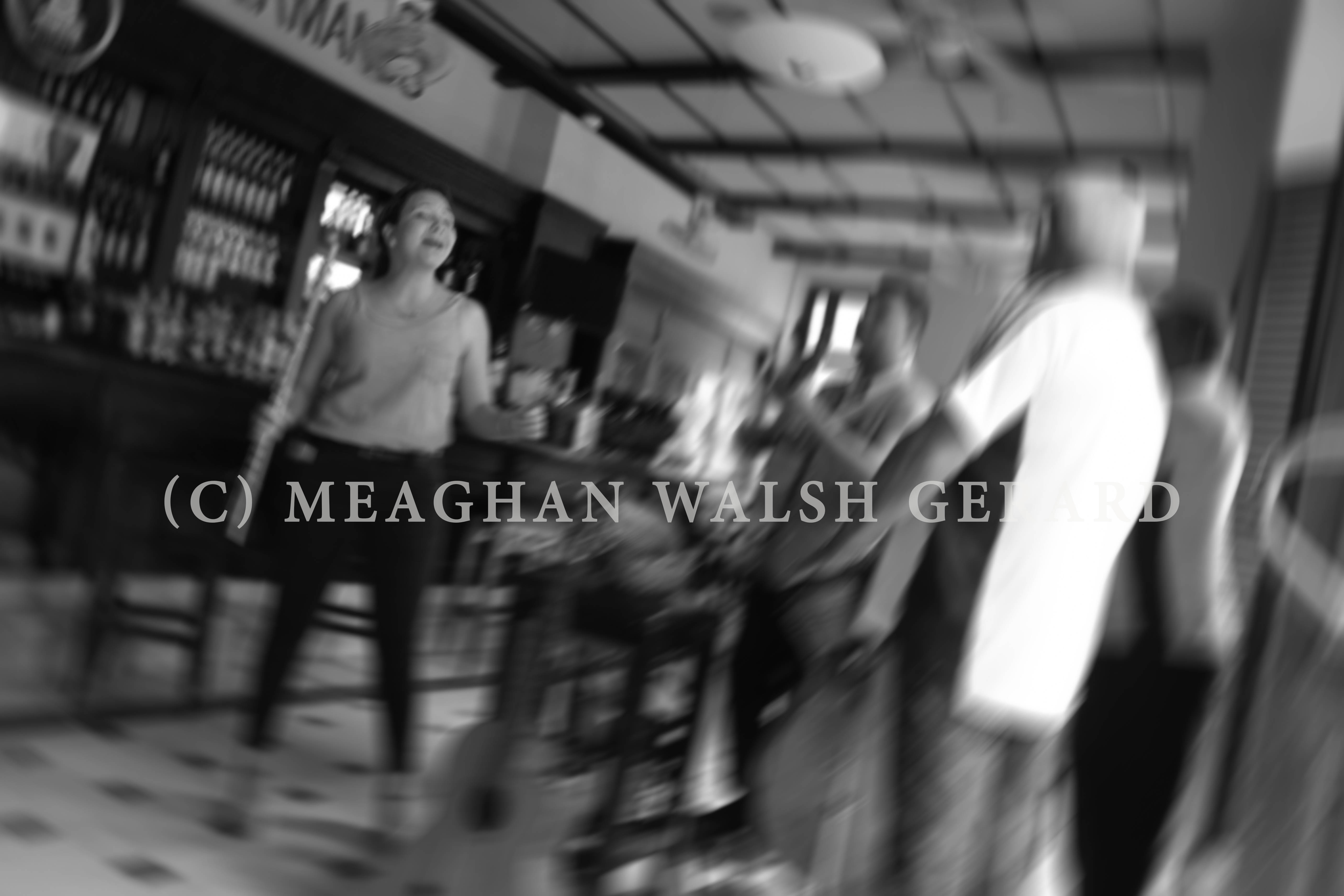
After lunch, we wandered along the waterside and stuck our heads to see some live music at Dos Hermanos. Around the corner we found our afternoon ride, a pristine pink and white DeSoto Firelite driven by Victor. He spoke very little English but he was brimming with pride for his car. “Only one on island,” he said.
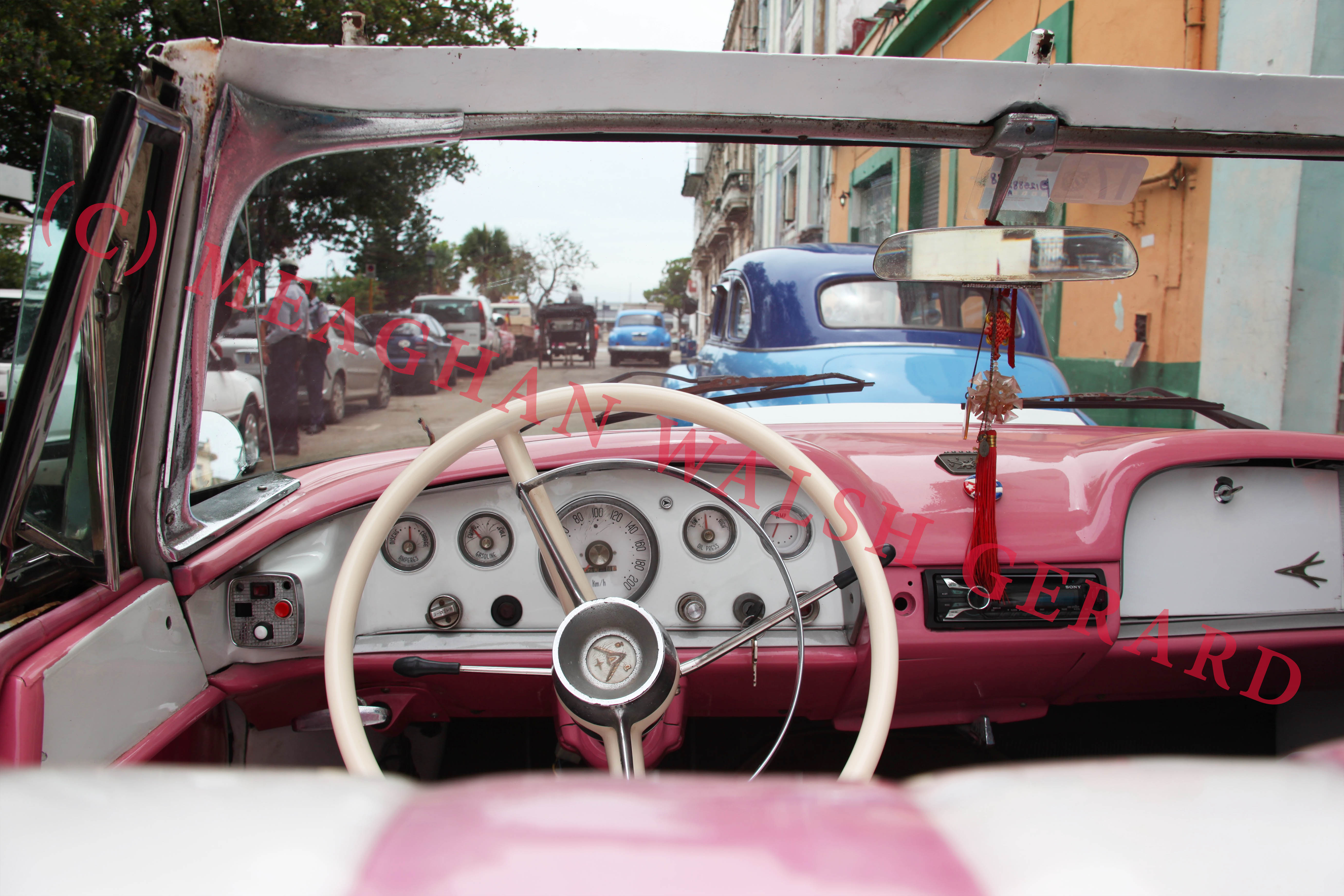
We headed to Callejon de Hamel, an Afro-Cuban art community known for its bright murals and odd street art. We also viewed a Santeria shrine (not pictured), a common belief system widely coupled with Catholicism.
Back in our bright convertible, we drove the world famous Malecón, surprised at the unfinished restoration of what would be prime real estate in the States. Then we circled one of the many Martí statues (he’s a big hero) before diving into a tunnel under the harbor to view Del Morro up close. Castillo de los Tres Reyes del Morro is still a working lighthouse and each day a cannon is fired at 9 p.m. in remembrance of the days Havana was a walled city and there was a curfew to be inside the gates.
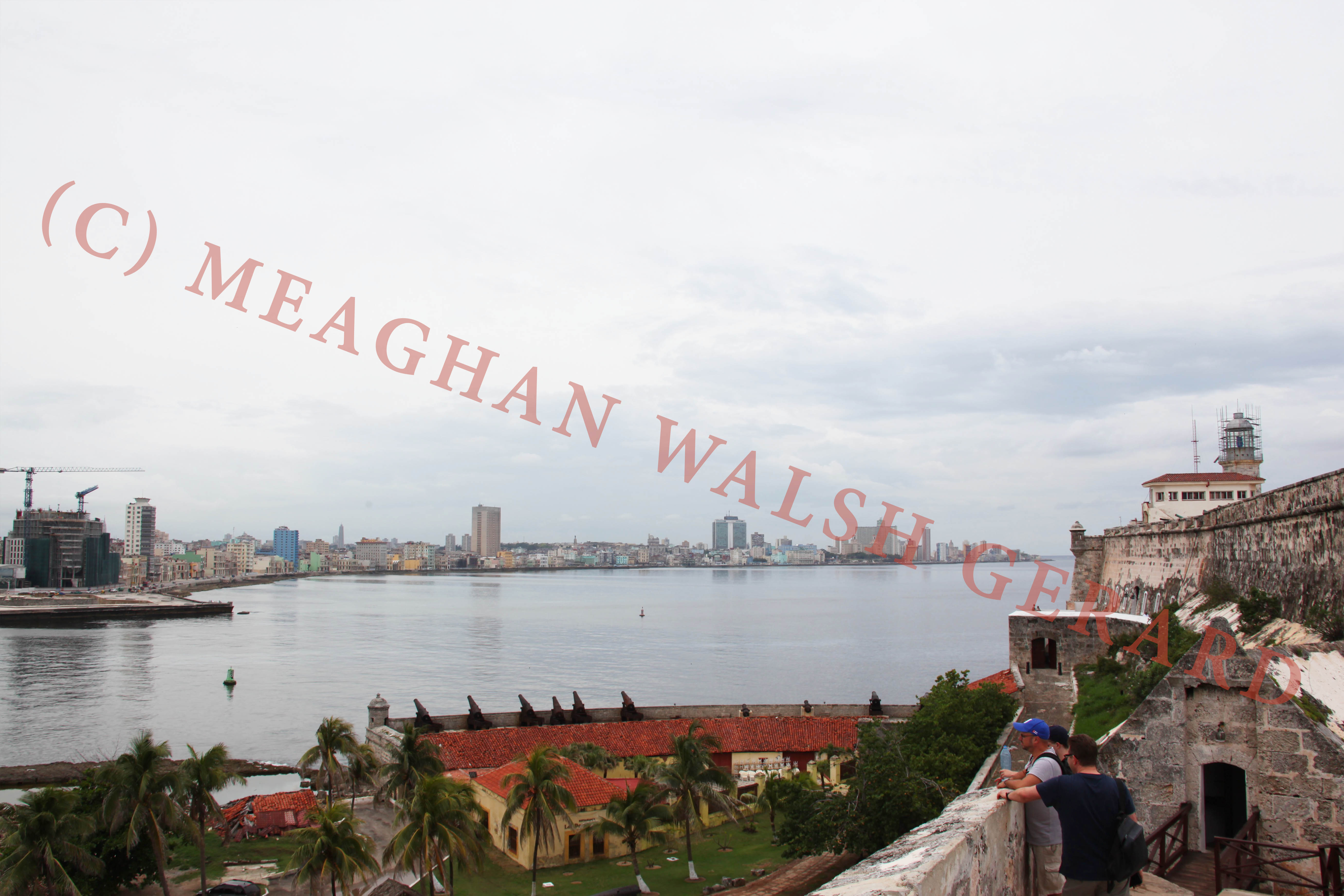
Victor dropped us off near the terminal, with a large smile, as we admired his car one more time. We still had an hour before we needed to be on the boat, so we headed for the rooftop bar of Hotel Ambos Mundos, one of Hemingway’s homes while in Havana. In Room 511, he wrote Death in the Afternoon, New Green Hills of Africa, and To Have and Have Not. The room remains a small museum to the writer, with some of his personal belongings.
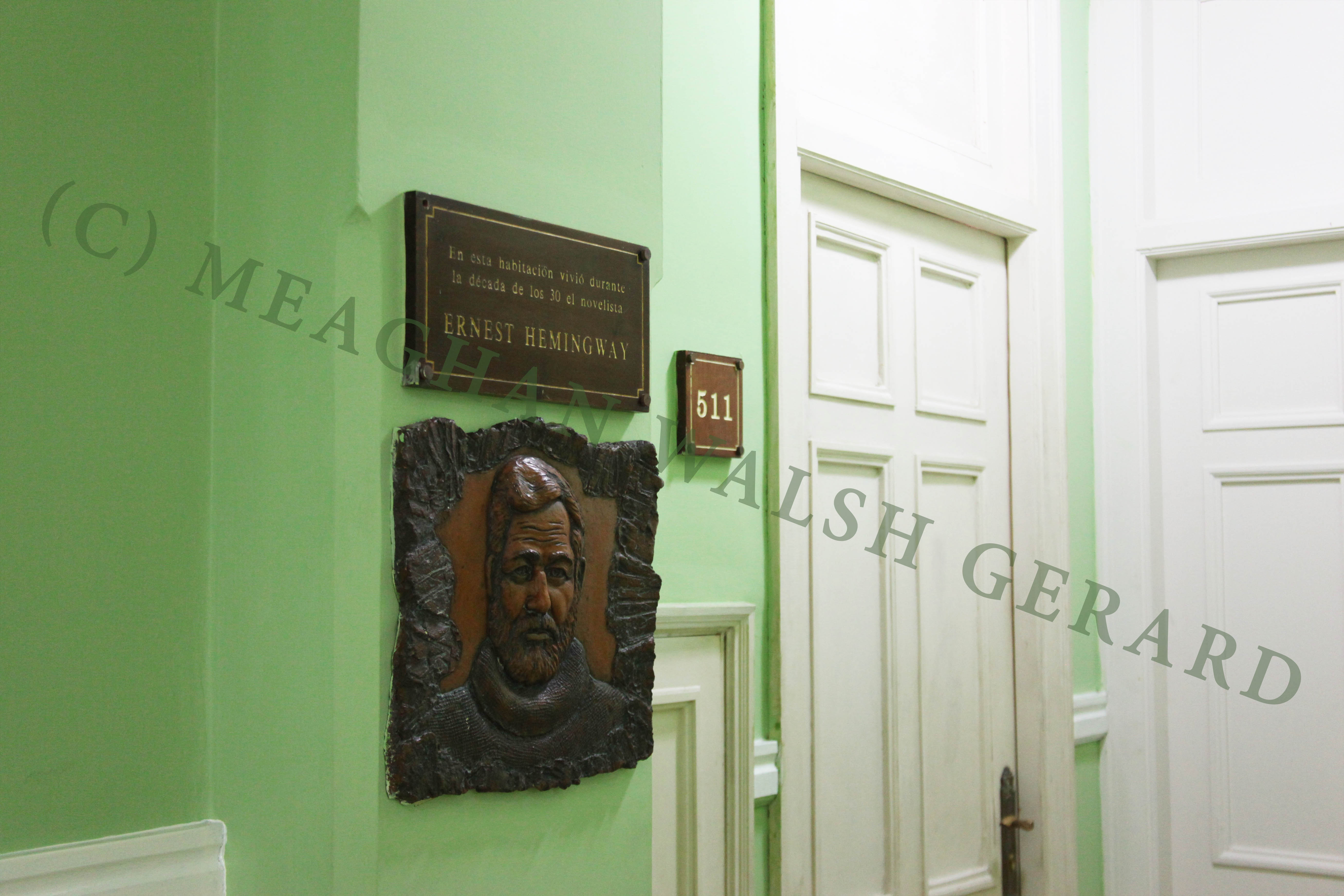
Our guide showed us back to the terminal area and we reluctantly said goodbye. He had been so generous with his time and was happy to share stories of his home with us.
There were many surprises during our brief stop in Havana. All along the harbor, people waved their arms, furiously, with wide smiles. I waved back, with a melancholy heart. I will be back.
All photos are my own. I have watermarked them to protect from unauthorized use. Unfortunately, this is an issue I have had in the past. Please contact me if you are interested in licensing or seeing more of my photography from Havana.
